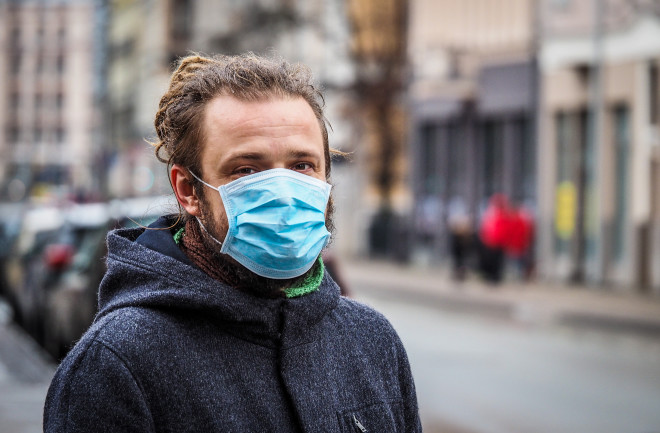Unless you’ve been hiding out in a remote cave without internet access, you’ve probably spent the last few weeks increasingly worried about novel coronavirus, which causes a disease known as COVID-19.
The coronavirus arose in China and is now spreading across the globe. In the U.S., 12 people have died from the virus so far, according to The Washington Post, with cases detected across the country, from Washington and California to Rhode Island and New York.
You’ve also likely heard the word pandemic bandied about in the midst of this coverage, perhaps alongside comparisons to the 2009 H1N1 swine flu or the 1918 outbreak of Spanish influenza. It’s true: COVID-19 could very well become a pandemic this year. Some experts think the disease has already reached this level of classification.

